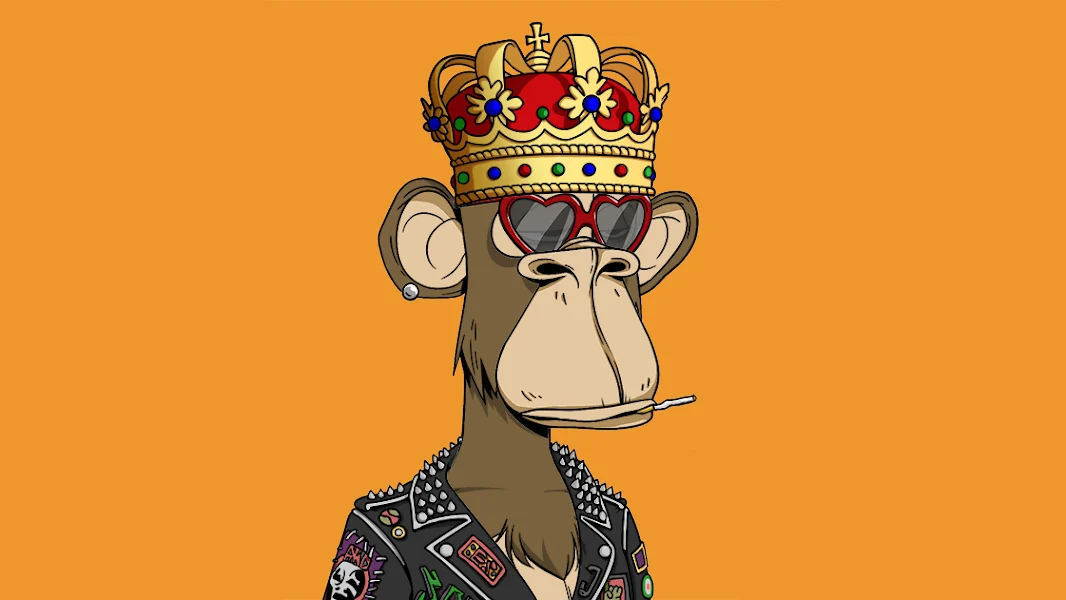NFT(s) in Digital Art
Non-Fungible Tokens (NFTs) have taken the digital world by storm, revolutionizing the way we think about digital assets and ownership. In this article, we will explore what NFTs are, how they work, and the benefits and drawbacks of this new technology.
What are NFTs?
NFTs are a type of digital asset that represents ownership of a unique piece of content or item. They are built on blockchain technology, a decentralized and distributed digital ledger that records transactions. Each NFT is a unique digital token that is stored on a blockchain, providing a transparent and immutable record of ownership.
NFTs can be used to represent a wide range of digital assets, including artwork, music, video game items, and even tweets. The key feature of an NFT is that it is unique and cannot be replicated, creating a sense of exclusivity and ownership that was previously impossible in the digital world.
How do NFTs work?
NFTs are created by artists and creators using specialized software that allows them to mint new tokens on a blockchain. Once an NFT is created, it can be bought and sold like any other asset, with the ownership recorded on the blockchain.
Because NFTs are unique and cannot be replicated, they create a new form of scarcity in the digital world. This has led to a new market for collectibles and digital assets, with many people eager to own rare and unique NFTs.
Benefits of NFTs
One of the main benefits of NFTs is that they allow creators and artists to monetize their digital content in a way that was previously impossible. With NFTs, creators can sell their work directly to collectors without the need for intermediaries like galleries or publishers, giving them more control over their work and potentially increasing their profits.
NFTs also create a new form of ownership and exclusivity in the digital world. Because each NFT is unique and cannot be replicated, it creates a sense of ownership and exclusivity that was previously impossible. This has led to a new market for collectibles and digital assets, with many people eager to own rare and unique NFTs.
Drawbacks of NFTs
Despite their benefits, NFTs also have some drawbacks and criticisms. One of the main criticisms is that they have a negative environmental impact, as the energy consumption required to create and maintain blockchain networks is very high. This has led to concerns about the sustainability of NFTs and the blockchain technology that underpins them.
Another criticism of NFTs is that they are often associated with hype and speculation, with many people buying NFTs purely for their potential resale value rather than their actual artistic or creative value. This has led to concerns that the NFT market is a speculative bubble that could burst at any time, leaving many people with worthless digital assets.
Conclusion
In conclusion, NFTs are a new and exciting technology that has the potential to revolutionize the way we think about digital assets and ownership. While they have benefits, there are also concerns and criticisms around their environmental impact and speculative nature. As the NFT market continues to grow and evolve, it will be important to strike a balance between innovation and sustainability.
.png)



